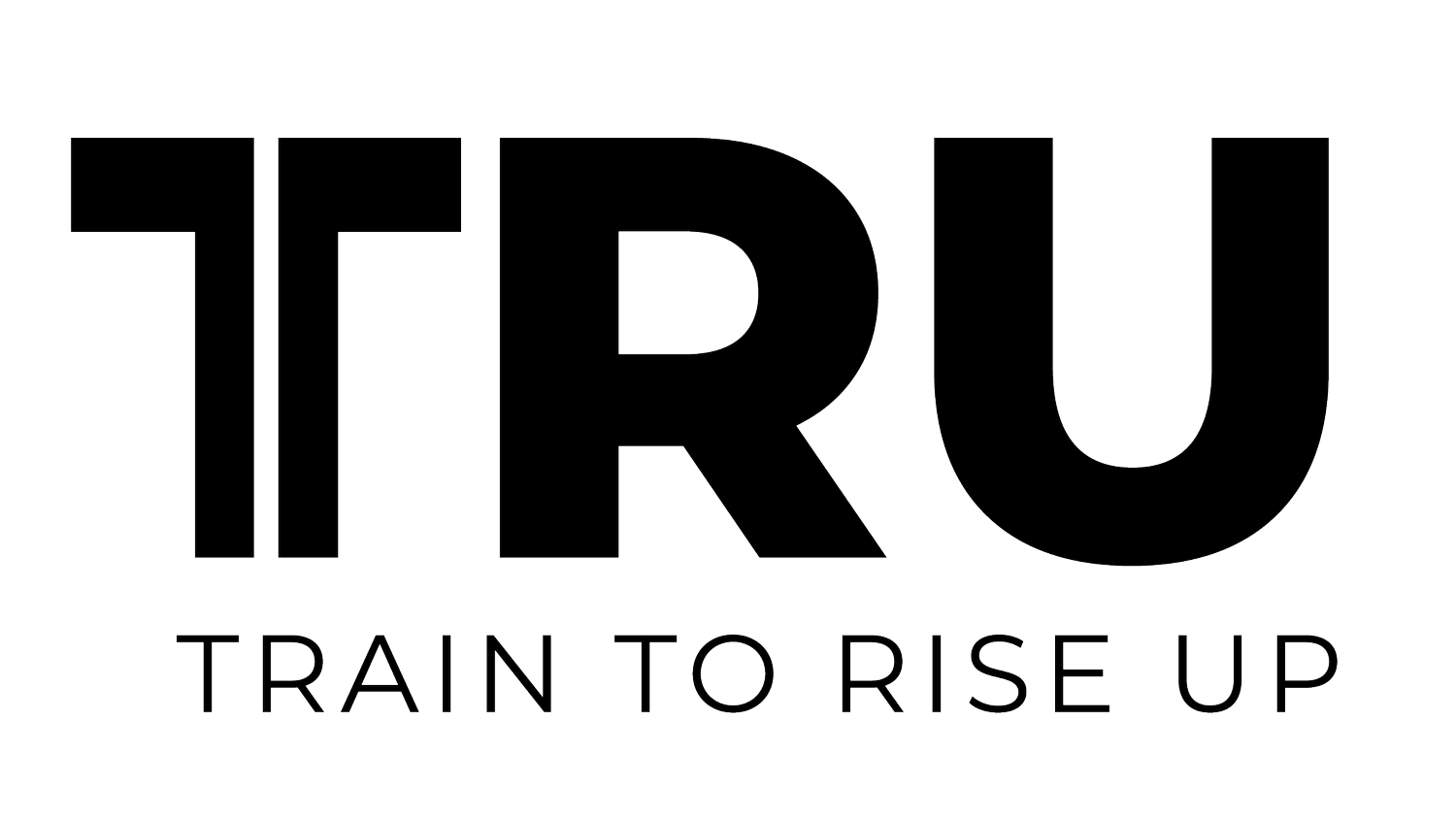Drop Sets, Pick Up Gains
What is a “drop set”? This is an approach to training that can be utilized with any movement you can dream up. The idea is to stimulate “overload” to the muscle or muscle groups in order to create hypertrophy or local muscle endurance. The reason this is such an amazing form of training is because it works! Think about it–you often load the bar or machine with just the right amount of weight to achieve a specific amount of work. The most common ways people train, even to this day, are 3 sets of 12-15 reps in a globo gym setting. When you finish a specific movement, you’ve then executed somewhere between 36-45 working reps. That type of training has some benefits of course, but we can’t cling to what we know or what we’ve previously done too tightly and expect continual improvement.
Variety is the key to any successful athlete's routine. Is that an oxymoron to use variety and routine in the same sentence? Oh well. It makes sense to me and it will to you here in a minute. If you practice drop sets once a week with a specific region or muscle groups you’ll feel the increased amount of stress from the soreness it provides and when you sit down and do the math you’ll logically understand its value as well. Let’s take our bench session for example. Instead of doing our normal 3 sets of 12 to 15 reps each set at around 185lb., we decide to make it a drop set day. Set 1 will consist of a set of 10 @185lb., then a set of 10 @155lb., then a set of 10@115lb., then a set of 10 @95lb. Followed by 3-4 minutes of full rest and we will repeat that 3-4 sets! If you calculate the work and weight being moved here it dominates that amount of work we are doing in our traditional method. You can do this with thrusters if you love CrossFit, wallball shots, power cleans, or if you want to stick to basic bodybuilding moves you can do it with deadlifts, curls, tricep extensions–the list is endless. When it comes to applying this method of training with bodyweight movements, all you have to do is find a way to continue to allow the movement to become easier. For example, if we are doing pull ups you could start your first set of 10 at 25lb. on your body, then drop it and do 10 more at your normal body weight and then put a band on your foot to spot you and do another 10. The idea, no matter the movement, is that it progressively gets easier so you can continue to do the reps.
The safety consideration that must be made for this type of training is your general conditioning to the amount of contractions that will take place. If you are just finding your way into the gym for the first time in months or years, skip this for a few months. You will do a lot more work than your body probably should and will leave you feeling useless and almost immobile in specific regions if you aren’t careful. A severe response may even result in a case of rhabdomyolysis, where muscle tissue can breakdown and enter the bloodstream. If you have symptoms of dark colored (Coca Cola) looking urine and sore muscles and flu type feeling, go ahead and head into the ER for a visit just in case. Clearly this is avoidable and should just be implemented after months of training and consistency, especially for large muscle groups. When applying this type of training, simply sprinkle it in. It shouldn’t be the meat and potatoes of your meal but picture it as a great side dish that makes it on the plate every so often. Every 3 sessions per body region would be a good way to apply it or build it out.
If you’ve never tried it, then what are you waiting for? Drop the sets, pick up the gains! Oh and no brainer, get in all the protein that day and the day to follow, there will be a lot of muscle damage to repair!
